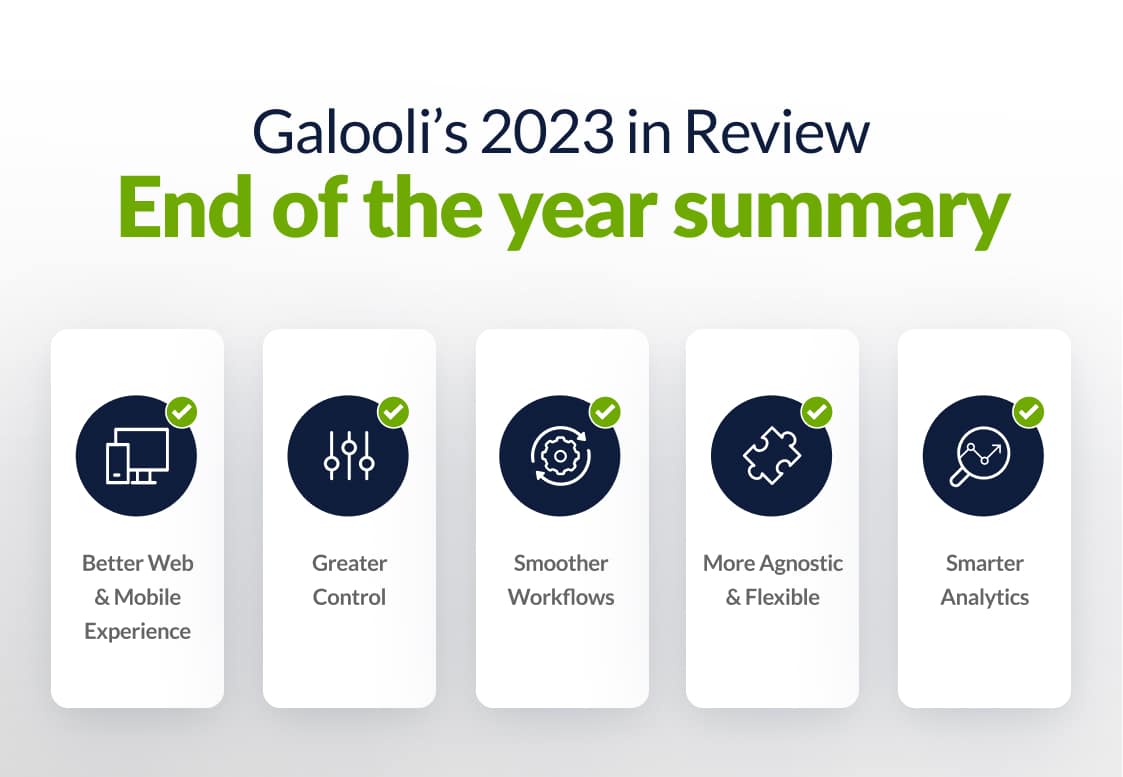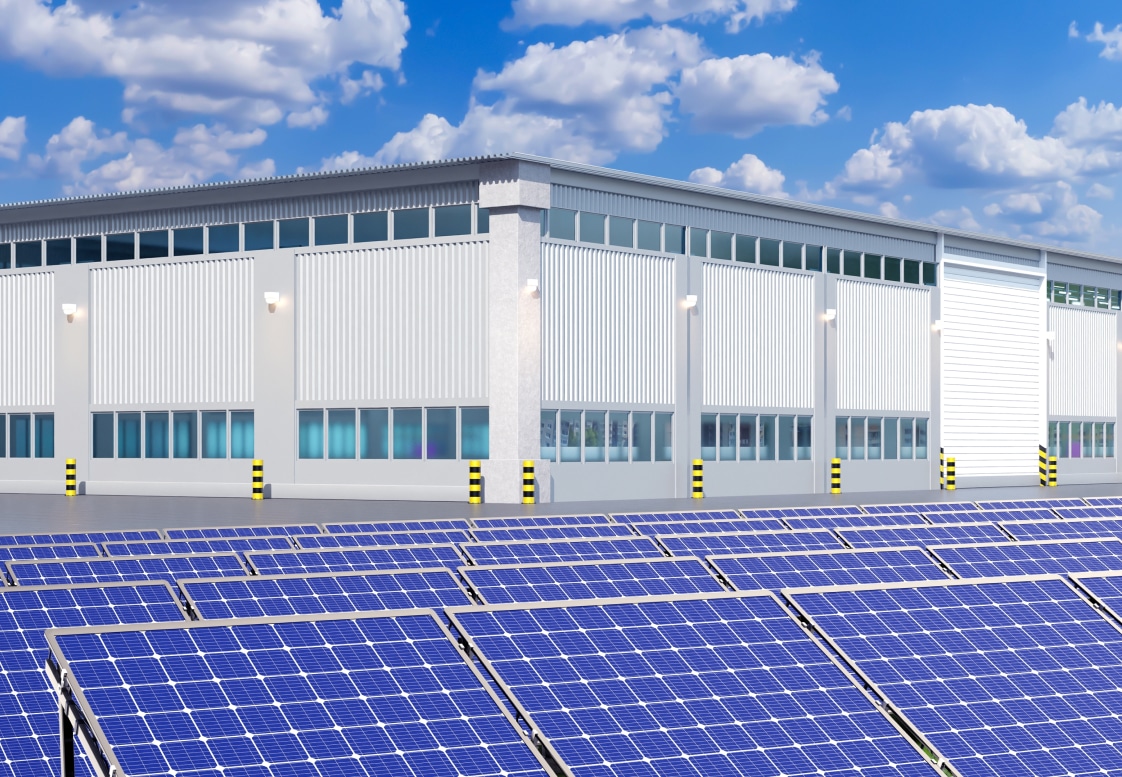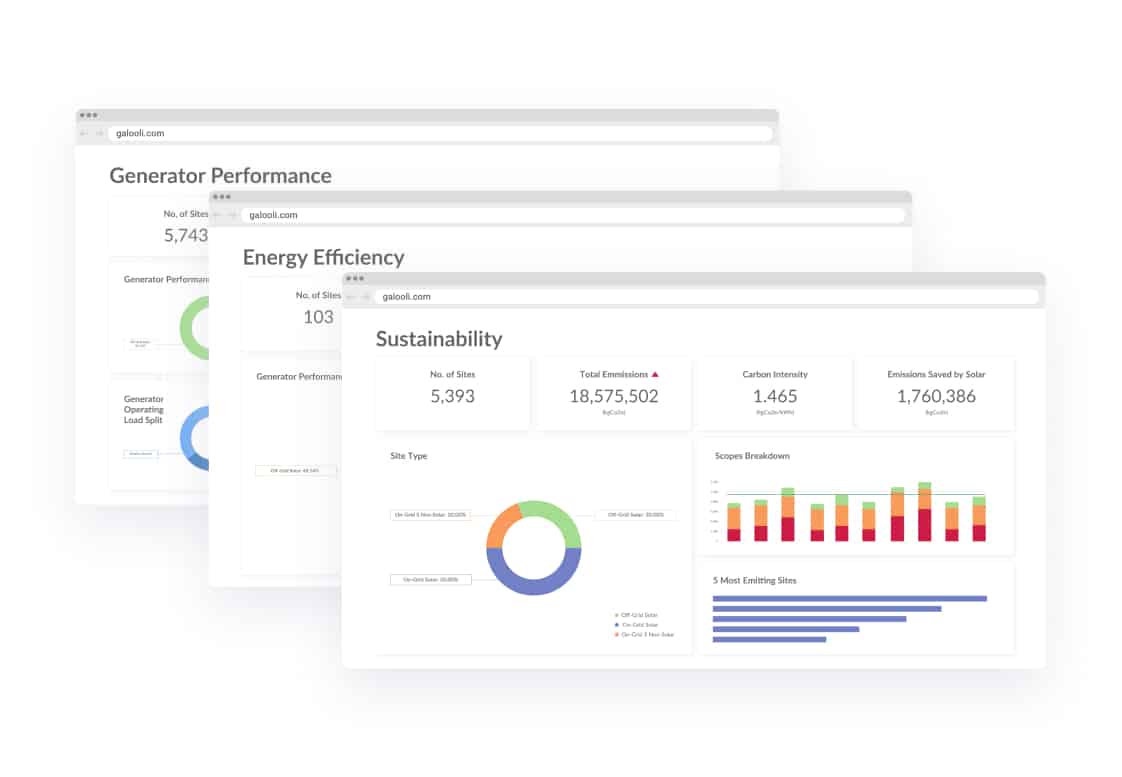There’s no denying that climate change is one of the most significant global challenges in our time, presenting a huge threat to our planet. Protecting this and being more sustainably focused has become a consideration for customers worldwide, with 85% of consumers becoming ‘greener’ in their purchasing in recent years.
In light of this, organizations around the globe are feeling mounting pressure to address the impacts and create a climate action plan. Sustainability is critical for companies that want to remain competitive and relevant in the marketplace.
Companies and organizations need to implement a sustainability management system to effectively tackle sustainability challenges. This article will explore a sustainability management system, why it is necessary, and the most important steps to take when establishing one.
What is a sustainability management system?
A sustainability management system is a framework that guides organizations in evaluating, managing, and improving their sustainability practices by optimizing their use of resources. It is based on international standards for sustainability-focused methodologies and management strategies. Some applicable standards include ISO 14001 and ISO 14064, as well as the United Nations Sustainable Development Goals.
Sustainability management provides organizations with a structured approach to address sustainability challenges and implement related practices. It ultimately benefits the environment, society, and the organization’s bottom line.
ISO 14001 and ISO 14064
The ISO 14000 series is a set of international standards for various implementations and authentications of sustainability practices. It’s developed and maintained by the International Organization for Standardization (ISO) to guide organizations in managing their environmental responsibilities.
The primary standard in the series is ISO 14001, which provides a framework for an Environmental Management System (EMS). This system helps organizations establish and implement policies and objectives aligned with their environmental goals.
ISO 14064, on the other hand, provides guidelines for quantifying and reporting the carbon and greenhouse gas (GHG) impact of an organization’s products and services. This standard helps companies identify and track environmental metrics that are relevant to their operations, such as energy use, greenhouse gas emissions, and water consumption.
Finally, while not part of the 14000 series, ISO 50001 is another standard that guides energy performance management. This standard helps organizations to develop and implement strategies for improving their energy efficiency and reducing their greenhouse gas emissions.
Why is a sustainability management system necessary?
Implementing a sustainability management system is necessary for businesses for various reasons. First and foremost, it can help companies reach climate goals, reduce energy waste, and save money.
Beyond the natural climate, the current economic climate has highlighted the need for companies to reduce costs, and energy waste is an area that can be optimized for cost savings. Lastly, as consumers become more environmentally conscious, companies must demonstrate their commitment to sustainability to maintain their reputation and attract customers.
So why is it necessary to build a whole management system? As with many aspects of modern life, the key is data. Utility data, for instance, is invaluable for the insight it provides into energy consumption. Monitoring and managing utility data is a clear path for businesses to reduce their energy consumption, which can lead to significant cost savings and a reduced environmental impact.
The 5 Necessary Phases of Every Sustainability Management System
The five phases necessary for an excellent sustainability management system follow the basic formula of any thorough strategy and include planning, implementation, monitoring and evaluation, reporting, and improvement.
1. Planning
This is the preparation stage. It involves establishing the organization’s sustainability goals, determining the appropriate policies, and developing a roadmap.
Check if any well-established and broadly recognized standards can provide a framework and reduce the uncertainty of developing your own plan. Also, remember that new standards and regulations may be expected of you in the coming years, so it’s worth checking the expectations of your country’s plans – so you can stay ahead of the game.
Depending on the company and where it is in its sustainability journey, the changes introduced can have far-reaching implications. As such, all relevant stakeholders should be involved at this stage to ensure complete buy-in and successful implementation.
2. Implementation
This phase is where the planning is put into action. It can involve tasks like assigning responsibilities to the required departments or creating a designated sustainability team to oversee the process. An eventual goal of implementation may be to integrate different technological solutions, such as energy monitoring and management.
-
Establishing energy management KPIs
KPIs are essential as they contribute to a long-term dataset that allows businesses to track their progress and evaluate the plan’s effectiveness. To get the most out of KPIs, it’s important to set measurable, trackable, and relevant targets for energy consumption and waste reduction.
-
Energy monitoring
One of the more critical datasets to track is energy use, which helps businesses identify areas for optimization and cost savings. Energy management software such as Galooli can be used to monitor and analyze energy data to identify trends and areas for improvement.
-
Utilizing sustainable solutions
Once gaps and trends are identified, it becomes possible to intelligently apply the latest smart building, renewable, and other technologies to maximum effect. These include anything from smart thermostats, LED lighting, solar panels, and full microgrid capabilities.
3. Monitoring and evaluation
This is a part of the sustainability management process that’s easy to miss; the need to continuously monitor and evaluate the changes made. It’s not enough to simply install a bunch of fancy new tech; you must make sure that the tools you’ve selected are making an impact.
End-point energy use monitoring is one way to clearly identify what kind of impact your efforts have made. This will allow you to not only see what’s working and what isn’t but will help you to get the most out of your energy. There’s nothing worse than wasting precious energy without you knowing, as this costs money and resources.
4. Reporting
Assuming you’ve followed all the steps, it should be easy to communicate sustainability performance to stakeholders and engage with them for feedback.
This represents an opportunity to reaffirm your commitment to the sustainability management process and is essential to maintain stakeholder buy-in. Involving several internal and external entities creates incentives to follow through on commitments and promotes continuous improvement.
5. Continuous improvement
The final phase is about maintaining the process established so far. That means identifying areas that need improving, setting new targets, and updating the sustainability plan to reflect inevitable changes in efficacy or circumstance. Companies should regularly review their sustainability plan and performance to identify possibilities for optimization and improvement.
Sustainability managers can play a crucial role in this phase. They take responsibility for identifying and implementing sustainability initiatives, measuring progress, and ensuring the organization meets its sustainability goals.
Implement an energy monitoring solution to effectively manage your energy assets
As climate change continues to present global challenges, organizations must prioritize sustainability to remain competitive and relevant in the marketplace.
A sustainability management system provides a structured approach to evaluate, manage, and improve sustainability practices. Optimizing resource use to benefit the environment and society will also help maintain the organization’s bottom line.
Businesses need steps to reach climate goals, reduce energy waste, and save money while maintaining their reputation and attracting environmentally conscious customers; the five phases of planning, implementation, monitoring and evaluation, reporting, and continuous improvement.
With these guiding principles, organizations can establish an effective sustainability management system and achieve their sustainability goals. To get started assessing the potential impact of a sustainability management plan on your business, get in touch with Galooli today.





























